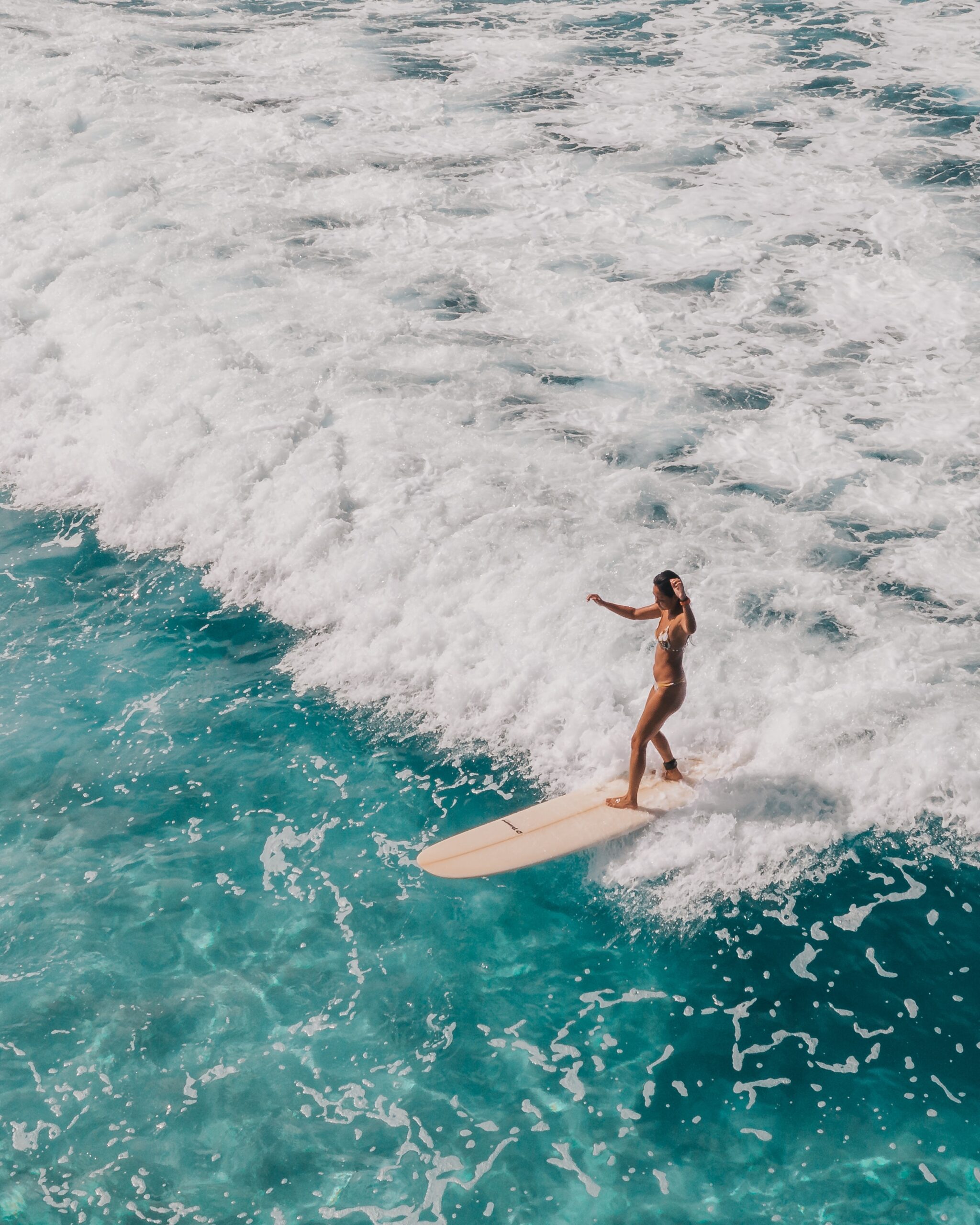Many of the negative habits that most surfers have can keep them from progressing for years. These flaws, which are frequently fundamental ones, may not seem like a huge concern, but if you don’t correct them, it will be difficult to advance, which is a major factor in why we become stuck. These are the top five that we frequently encounter.
5 mistakes every novice surfers do
Surfing is not easy as it looks
It’s simple to believe that surfing is an easy sport after watching skilled surfers ride on massive waves with strong energy. However, the reality is that before you can perfect carving and rip on huge waves, the sport calls for a lot of agility, strength, and practice. Unfortunately, many novice surfers frequently overlook this point, go in headfirst the instant they get the opportunity to use a surfboard, and become soon dissatisfied.
Before participating in the sport of surfing, it is always a good idea to sharpen your surfing techniques because the ocean may be challenging to master and the waves can be extremely unexpected. Here are the six most common beginner surfing errors and suggestions for avoiding them.
Picking the Improper Novice SurfBoard
Many newbie surfers, sometimes known as kooks, choose a little surfboard in the mistaken belief that it would be simple to handle. You see the pros riding it, right? In contrast, these boards are quick and easy to spin, making them unstable and challenging to handle. Wide, longboards that float freely are easier to maneuver since they carve rather than rip and grab waves more readily. As an added bonus, these longboard surfboards are simpler to paddle. Make that your first surfing board is both wide and long enough to support your weight. Choose the proper surfboard from a reputable company like South Bay Board Co.
Incorrect positioning
You should lean toward the nose of your board when paddling through a wave so that your board has more gravity and can catch the wave. By slightly leaning on the board’s bow (nose), you may do this. Leaning too far forward, though, can cause the board to dip underwater. This is referred to as pearl, and it can harm you or damage the board when it hits the sand. Imagine the middle of your board and check that you are standing on this line to make sure you are in the proper position. By standing in this stance, you may catch waves with ease and keep the board from tossing sideways.
Too much backweight
When learning to surf, it might be quite tempting to lean back on your back foot. As a result, the board tips backward because it acts like applying brakes. Shorter rides will result from this miscalculation, which will cause your board to sink and you to tumble off the surfboard. By keeping your feet in front of the board with the front foot in the middle and the back foot in front of the fins, you may avoid making this error. To retain your balance and speed while surfing longer, put your weight on the front foot whenever you want to lean.
Wrong speed and timing
Many people learning to surf are inclined to paddle out too quickly and quit too soon. Occasionally not paddle quickly enough. As a result, you lose out on several important waves that you would have easily grabbed. By making sure your power stroke is powerful enough to match the pace of each wave, you may avoid making this error. Keep a close watch on the wave to make sure you paddle at the appropriate moment since paddling too quickly will cause you to miss it and paddling too late will cause you to be struck by the wave. Don’t be upset if you first feel tired easily. Building the strength and endurance necessary to keep up with the more seasoned surfers takes time.
Final thoughts
Even as a pro, you cannot truly master the sport of surfing. No matter how experienced you are, you are constantly improving and learning new things as a surfer. And to achieve that, you must be consistent and focused, two qualities that many people mention but fail to put into practice. Therefore, seek counsel, have yourself filmed, and repeatedly watch yourself surfing. Acknowledge your errors and make an effort to identify your weak places.

